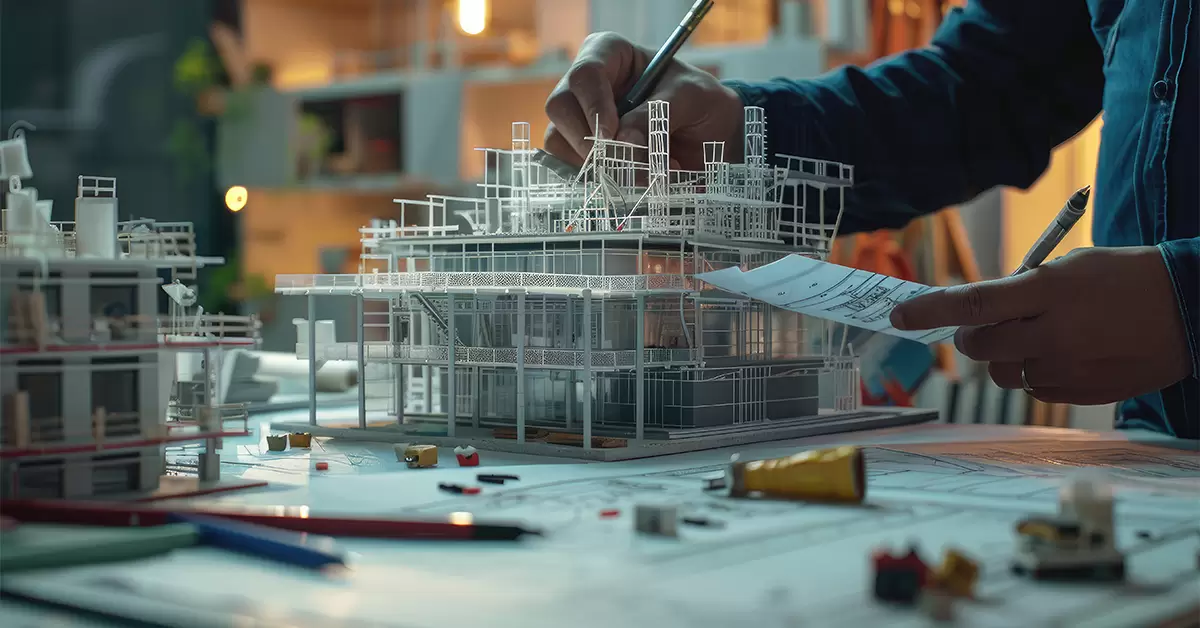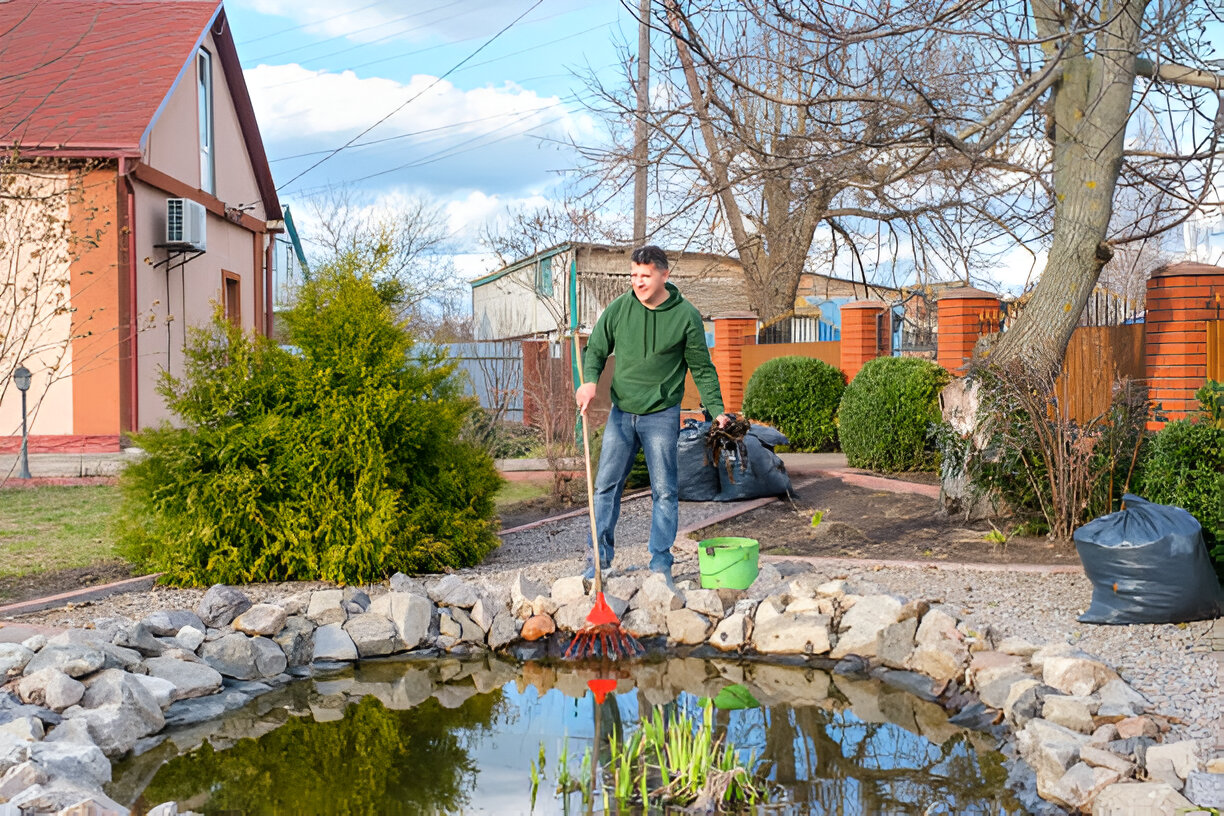Historical Use of Asbestos in Construction
Asbestos was once hailed as a miracle material due to its fire-resistant properties and durability. In the mid-20th century, it was a staple in construction, especially in flooring, insulation, and roofing materials. Builders favored it for its ability to withstand heat and wear, making it a common choice for homes built before the 1980s. Unfortunately, while it was effective for these purposes, the health risks were not fully understood until later.
Why Asbestos Was Commonly Used in Floor Tiles
The use of asbestos in floor tiles was primarily due to its strength and resistance to damage. These tiles could endure heavy foot traffic without cracking or breaking. Additionally, asbestos was an affordable option, which made it attractive for large-scale construction projects. The tiles were often mixed with asphalt, creating a product that was both tough and easy to install.
The Risks Associated with Asbestos in Older Homes
Asbestos in older homes poses significant health risks when disturbed. When asbestos tiles are damaged, fibers can be released into the air, leading to potential inhalation. This is particularly concerning during renovations or repairs. The primary health issues linked to asbestos exposure include lung cancer, asbestosis, and mesothelioma. Homeowners need to be cautious and consider professional assessments if they suspect the presence of asbestos in their homes. Asbestos can be found in insulation, ceiling materials, and roofing, posing serious health risks such as lung cancer, mesothelioma, and asbestosis. It is crucial to take precautions if your home contains asbestos to protect your family from exposure.
Health Risks of Asbestos Exposure from Basement Tiles
Lung Cancer and Asbestos
Asbestos exposure is a significant risk factor for lung cancer. When asbestos fibers are inhaled, they can become lodged in lung tissue. Over time, these fibers can cause changes in the lung cells, potentially leading to cancer. The risk of lung cancer increases with the amount of asbestos inhaled and the duration of exposure. It’s crucial to understand that there is no safe level of asbestos exposure, making it imperative to manage any materials containing asbestos with care.
Asbestosis: A Chronic Lung Condition
Asbestosis is a non-cancerous, chronic lung disease caused by inhaling asbestos fibers. These fibers can cause lung tissue to scar, leading to symptoms such as shortness of breath, persistent cough, and chest tightness. The condition typically develops after prolonged exposure to high levels of asbestos. While not cancerous, asbestosis can severely impact quality of life and increase the risk of other serious health issues. If basement tiles are damaged or disturbed, they can release asbestos fibers into the air, heightening the risk of asbestosis.
Mesothelioma: A Rare but Serious Cancer
Mesothelioma is a rare form of cancer that affects the lining of the lungs, abdomen, or heart. It is almost exclusively caused by asbestos exposure. This cancer is particularly aggressive and often diagnosed at an advanced stage. Symptoms may include chest pain, difficulty breathing, and abdominal swelling. The latency period for mesothelioma can be several decades, meaning symptoms might not appear until many years after exposure. It’s important to be aware of the potential risks if you suspect your basement tiles contain asbestos. Disturbing these tiles can release fibers, leading to serious health conditions like mesothelioma.
Identifying Asbestos in Basement Tiles
Visual Indicators of Asbestos Tiles
When trying to identify asbestos in basement tiles, there are several visual clues that might suggest their presence. Homes built before 1980 are prime candidates for having asbestos tiles. During that time, asbestos was commonly used in construction materials for its durability and resistance to heat. The size of the tiles can also be an indicator—9-inch, 12-inch, and 18-inch square tiles are often associated with asbestos. Another sign is the appearance of the tiles; they may look oily or stained due to the degradation of asphalt, a component in many asbestos tiles. Additionally, if you notice a thick, black adhesive underneath any loose tiles, it might be black mastic, which frequently contains asbestos.
Testing for Asbestos: Professional vs. DIY
The most reliable method to confirm the presence of asbestos in tiles is through testing by an accredited laboratory. Visual inspection alone is not sufficient. Homeowners can purchase asbestos testing kits from stores or online, which typically cost between $10 and $45, plus an additional fee for lab processing. These kits usually include instructions, disposable gloves, and a dust mask. However, it’s important to note that some areas require testing to be carried out by licensed professionals. Professional testing can be more costly, ranging from $350 to $800, but it provides a definite answer and peace of mind.
Common Misconceptions About Asbestos Identification
There are several misconceptions when it comes to identifying asbestos in tiles. Some people believe they can determine the presence of asbestos just by looking at the tiles, but this is not true. Asbestos fibers are microscopic and cannot be seen with the naked eye. Another misconception is that only damaged or deteriorating tiles can release asbestos fibers. While it’s true that damaged tiles are more likely to release fibers, even intact tiles can pose a risk if disturbed. Lastly, some homeowners think that all old tiles contain asbestos, but this isn’t always the case. It’s crucial to rely on professional testing to confirm whether asbestos is present.
Legal and Safety Guidelines for Asbestos in Homes
Regulations on Asbestos Use and Removal
When it comes to asbestos in homes, the rules can be quite strict, mainly to protect public health. The April 2019 Final Rule is a key regulation that helps shield people from asbestos uses that aren’t covered by other laws. These rules ensure that asbestos, especially the kind that’s no longer on the market, doesn’t pose a threat. Homeowners must adhere to local and national guidelines when dealing with asbestos. This includes hiring certified professionals for removal, as improper handling can lead to severe health risks.
Safety Precautions for Homeowners
If you suspect asbestos in your home, there are several safety measures you should take. Never try to remove asbestos materials yourself. Instead, consider these steps:
- Contact a professional for an inspection.
- Limit access to areas where asbestos might be present.
- Avoid any renovation work until a professional assessment is completed.
These precautions help minimize the risk of asbestos fibers becoming airborne and being inhaled.
Legal Obligations When Selling a Home with Asbestos
Selling a home with asbestos can be tricky. Legally, sellers must disclose the presence of asbestos to potential buyers. This transparency is crucial as it affects the property value and the buyer’s decision. It’s advisable to have a professional inspection report ready, detailing the location and condition of asbestos in the property. This not only fulfills legal obligations but also builds trust with potential buyers.
Safe Removal and Disposal of Asbestos Tiles
Professional Asbestos Abatement Services
When dealing with asbestos tiles in the basement, the safest route is to hire professional asbestos abatement services. These experts are trained to handle and remove asbestos safely, minimizing the risk of exposure. Professional contractors ensure compliance with all regulations related to asbestos removal, reducing legal and health risks. They use specialized equipment and techniques to contain and remove asbestos materials, ensuring no fibers become airborne. It’s often the best choice for peace of mind and safety.
DIY Removal: Steps and Precautions
For those considering a DIY approach, it’s essential to follow strict safety guidelines to protect yourself and others. Here’s a basic step-by-step guide:
- Wear protective gear such as a respirator mask, goggles, and disposable clothing.
- Seal off the work area with plastic sheeting to prevent asbestos fibers from spreading.
- Keep the tiles wet while working to reduce dust.
- Carefully remove tiles using a scraper, avoiding breaking them.
- Place all materials in approved asbestos disposal bags.
- Proper asbestos disposal is crucial; ensure you follow local regulations for hazardous waste.
Disposal Regulations for Asbestos Materials
Disposing of asbestos materials requires adherence to strict regulations. Asbestos waste must be double-bagged in specially labeled bags and taken to a designated disposal site. Homeowners should verify local guidelines, as improper disposal can lead to hefty fines and pose environmental risks. It’s often recommended to consult with local waste management authorities to understand the specific requirements for your area.
Alternatives to Removing Asbestos Tiles
Covering Asbestos Tiles with New Flooring
When dealing with asbestos tiles, one practical option is to leave them in place and simply cover them with new flooring. The old tiles are thin, generally about 1/8-inch thick, so adding new layers like vinyl, laminate, or even hardwood won’t significantly raise the floor height. This method is often preferred as it minimizes disturbance to the asbestos, thereby reducing the risk of exposure. Additionally, ceramic, slate, or stone tiles can be installed over asbestos tiles, provided a fiber-cement backer is used first. It’s essential, however, to inform any future buyers about the asbestos tiles underneath, should you decide to sell your home.
Encapsulation: A Safe Alternative
Encapsulation is another effective method for managing asbestos tiles without removing them. This process involves sealing the asbestos material with a special adhesive or coating that prevents fibers from becoming airborne. Encapsulation techniques can safely secure asbestos in place, reducing health risks associated with its presence. This option is particularly useful in areas where the tiles are in good condition and unlikely to be disturbed. While encapsulation does not remove the asbestos, it provides a safe barrier that keeps the hazardous fibers contained.
When to Consider Professional Advice
While covering or encapsulating asbestos tiles are viable options, there are times when seeking professional advice is wise. If the tiles are damaged or if you’re planning a major renovation that might disturb them, consulting with a professional can ensure safety and compliance with local regulations. Professionals can assess the condition of the tiles and recommend the best course of action. Also, they can provide insights into whether covering or encapsulation would be effective, or if removal is the necessary route. In some cases, professional assessment might reveal that effective methods for handling and disposing of asbestos are needed, especially if the asbestos is in a deteriorating state.
Preventing Asbestos Exposure During Home Renovations
Planning Renovations with Asbestos in Mind
When planning home renovations, especially in older properties, it’s crucial to consider the potential presence of asbestos. Before starting any work, conduct a thorough assessment to identify areas where asbestos might be present. It’s recommended to hire a professional to inspect and test suspected materials, as they have the expertise to safely handle and identify asbestos-containing materials. If asbestos is detected, plan your renovation to avoid disturbing these materials or consider hiring a professional abatement service to safely remove them.
Protective Gear and Equipment
To protect yourself from asbestos exposure during home renovations, it is essential to wear personal protective equipment (PPE) such as disposable overalls, gloves, and a P2/N95 respirator to prevent inhalation of harmful fibers. These protective measures are vital because asbestos fibers are microscopic and can easily become airborne during renovation activities. Additionally, ensure that all tools and equipment used are specifically designed for asbestos work, minimizing the risk of fiber release.
Minimizing Dust and Airborne Fibers
Reducing the spread of dust and airborne fibers is critical when working in areas with potential asbestos exposure. Here are some strategies to help:
- Wet Methods: Use water to dampen materials before cutting or drilling. This helps reduce dust and keeps fibers from becoming airborne.
- Sealing Off Work Areas: Isolate the renovation area by sealing doors and vents with plastic sheeting to prevent asbestos fibers from spreading to other parts of the house.
- Proper Ventilation: Ensure good ventilation in the work area to disperse any fibers that might become airborne. However, avoid using fans that can blow fibers around.
By carefully planning and taking these precautions, homeowners can significantly reduce the risk of asbestos exposure during renovations.
The Long-Term Implications of Living with Asbestos Tiles
Living with asbestos tiles in your home can be a long-term concern, especially when it comes to health. It’s vital to keep a close eye on any potential health issues that might arise from asbestos exposure. Regular check-ups with a healthcare provider are recommended to monitor any symptoms that could be related to asbestos. This is crucial because diseases associated with asbestos, like mesothelioma, often take years to develop.
Homeowners should be aware of the symptoms of asbestos-related conditions, such as persistent cough, chest pain, or difficulty breathing. Early detection is key in managing these health risks effectively.
Asbestos tiles can also impact the value of your home. Potential buyers might be wary of purchasing a property with asbestos, even if the tiles are undisturbed and covered. This could lead to a decrease in property value or make the home harder to sell. It’s important to disclose the presence of asbestos to any potential buyers, as failing to do so can lead to legal issues down the line.
For those considering selling their home, it might be beneficial to consult with a real estate professional about how to best handle the situation. They can provide advice on whether to remove the tiles or leave them in place, possibly covered with new flooring.
When planning future renovations, homeowners need to consider the presence of asbestos tiles. Renovations can disturb the tiles, releasing asbestos fibers into the air, which poses a health risk. Therefore, any renovation plans should include strategies to deal with asbestos safely.
Options include leaving the tiles undisturbed and covering them with new flooring, or hiring professionals to safely remove them. Attempting to remove asbestos tiles without professional help is risky and can lead to serious health concerns.
In summary, living with asbestos tiles requires careful consideration of health monitoring, property value, and future renovation plans. By staying informed and taking appropriate precautions, homeowners can manage these long-term implications effectively.
Resources for Homeowners Concerned About Asbestos
Finding Qualified Asbestos Professionals
When dealing with asbestos in your home, it’s crucial to consult with professionals who have the right expertise. Certified asbestos professionals can help identify and safely handle asbestos materials. Homeowners should look for experts who are licensed and accredited by relevant authorities. It’s advisable to check reviews and ask for recommendations from trusted sources to ensure you are hiring competent individuals.
Accessing Financial Assistance for Asbestos Removal
The cost of asbestos removal can be significant, but there are various financial assistance options available. Homeowners can explore government grants, loans, or subsidies designed to help with asbestos abatement. Additionally, some local organizations offer financial aid or low-interest loans to ease the financial burden of asbestos removal. It’s worth researching these options to find the best fit for your situation.
Educational Resources and Support Groups
Understanding the risks associated with asbestos and how to manage them is vital for homeowners. Numerous educational resources are available online and in print, providing comprehensive information about asbestos safety. Homeowners can also join support groups where they can share experiences and get advice from others facing similar challenges. These groups often provide valuable insights and emotional support, making the process less daunting.
For more detailed guidance on identifying asbestos and ensuring safety in your home, consider reviewing insights on identifying asbestos and safe handling practices to protect your family.
Links





